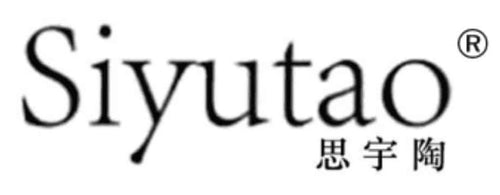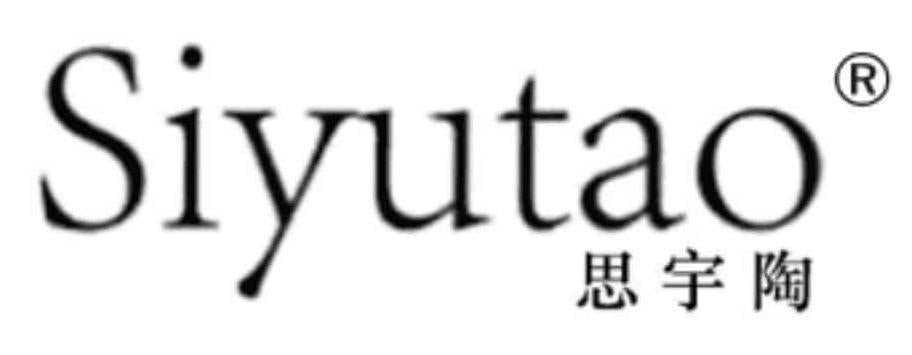Clay Painting: The Art of Painting with Earth

In the vast realm of artistic expression, few mediums are as tactile and poetic as ni hui (泥绘), or "clay painting." This traditional Chinese art form transforms humble clay into a lyrical language of ink and pigment, where brushes wield earthy "paint" to craft scenes of mountains, rivers, flowers, birds, and even philosophical musings. Bridging poetry, calligraphy, and painting, clay painting is a unique decorative art that adorns teapots and ceramics with stories, landscapes, and wisdom. Its quiet elegance and intricate craftsmanship have captivated art lovers for centuries.
Siyutao Clay Painting teapot <green parrot> (click to know more)
A Legacy Rooted in History
Clay painting emerged during the late Ming and early Qing dynasties (17th century), flourishing as a distinct decorative technique for teapots and ceramics. Unlike glazes, enamels, or carvings, clay painting relies solely on the interplay of clay slurry and the porous surface of unfired pottery. Artists exploit the clay’s natural absorbency to "write" or "paint" with diluted clay, creating compositions that fuse painting, sculpture, and poetry. By the late 17th century, it had become a celebrated art form, admired for its subtlety and depth.
The Alchemy of Earth and Art
The process begins with finely ground clay, mixed into a silky slurry. Using brushes, artists paint directly onto damp pottery surfaces, which are still pliable and receptive. This slurry—crafted from the same clay as the vessel itself or contrasting hues—is applied in layers, strokes, and textures. When fired, the designs take on a delicate, low-relief effect reminiscent of shoushan stone carvings or the *"thin-etching"* style of Fujian’s stone art.
The magic lies in the material’s duality: clay is both canvas and pigment. Artists must master fluid brushwork to evoke depth and movement. A single teapot might depict mist-shrouded mountains, blooming peonies, or a line of classical poetry, all rendered in earthy tones that harmonize with the vessel’s form.
Two Faces of Clay: Monochrome and Polychrome
Clay painting branches into two styles: monochrome (本色泥绘) and polychrome (异色泥绘).
-
Monochrome Clay Painting
Here, the artist uses slurry made from the same clay as the vessel. Through variations in line thickness, shading, and texture, they create subtle gradients and dimensions. The result is understated yet profound, akin to ink wash paintings or the "thin relief" (bao yi) of stone carvings. It whispers rather than shouts, inviting viewers to lean closer and linger.Siyutao Clay Painting teapot.

-
Polychrome Clay Painting
Bold and vivid, polychrome works incorporate clays of contrasting colors—vermilion, emerald, or blended hues—applied like a ceramic "palette." These pieces echo the brilliance of Chinese sancai (three-color) or wucai (five-color) porcelain, with vibrant layers that pop against the base clay. The interplay of colors adds drama and decorative flair, celebrating contrast and harmony.
Siyutao Polychrome Clay Painting teapot
Stacked or Thin: Techniques of Texture
Beyond color, clay painting diverges into stacked painting (堆绘) and thin painting (薄绘). Stacked painting builds up slurry into raised, sculptural forms, while thin painting relies on delicate, almost translucent layers. Both demand precision: too much slurry risks cracking during firing; too little loses detail. Mastery requires not just technical skill, but a painter’s eye and a calligrapher’s discipline.
The Artist’s Burden and Triumph
Clay painting is unforgiving. Mistakes cannot be erased; every stroke is permanent once dried. Artists must balance spontaneity with meticulous planning, blending the spontaneity of ink painting with the patience of sculpture. Traditional training in calligraphy, poetry, and landscape painting is essential—the art is as much about cultural literacy as manual dexterity.
A Quiet Renaissance
Today, this centuries-old craft is experiencing renewed interest. Contemporary artists experiment with abstract forms and modern themes, while honoring classical techniques. Collectors prize antique clay-painted teapots for their serene beauty and historical resonance, while new creations push boundaries in galleries worldwide.
Conclusion: Earth as Poetry
Clay painting is more than decoration—it’s a dialogue between earth and artist, tradition and innovation. Each piece carries the weight of history and the lightness of creativity, transforming raw clay into a canvas for eternity. In a world of fleeting trends, this art form endures, reminding us that beauty often lies in the simplest elements: earth, water, and human hands.
As you hold a clay-painted teapot, trace the ridges of a mountain scene or the curve of a poetic inscription. Feel the artist’s breath in every stroke, and let the silent language of clay speak to you.
Where to buy?
You can find beautiful and gorgeous clay painted teapots and teacup artworks at Siyutao Shop.





